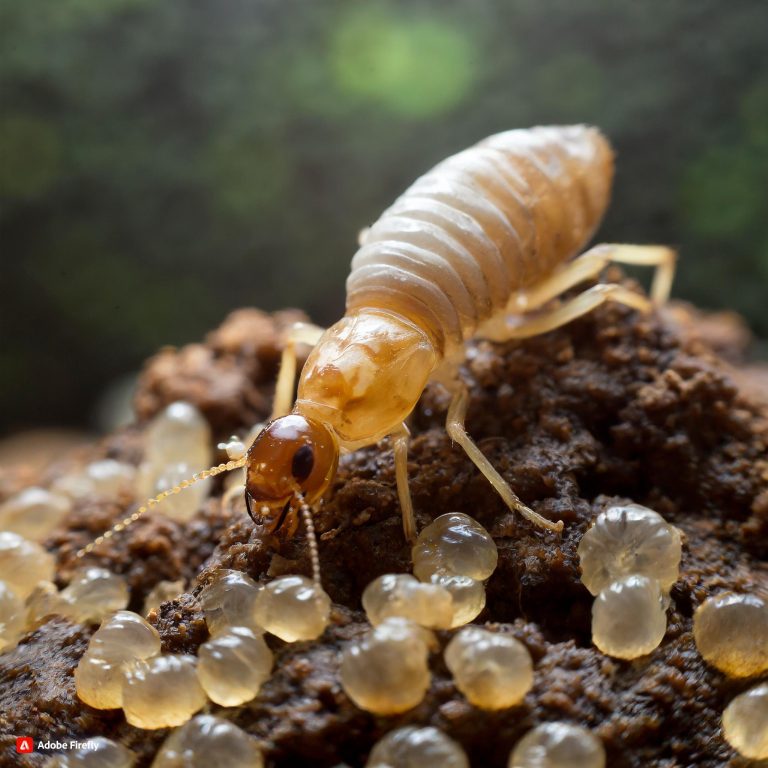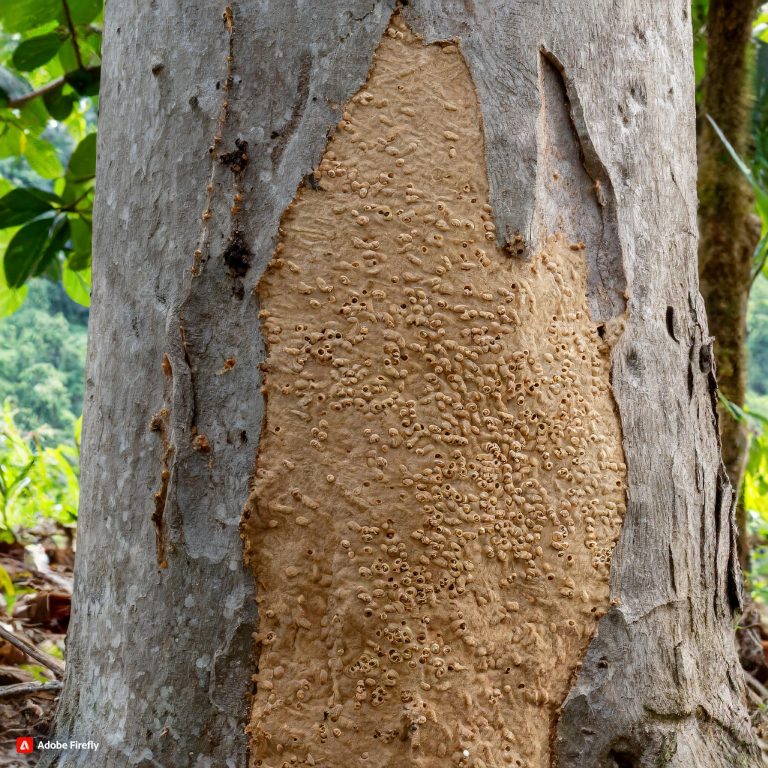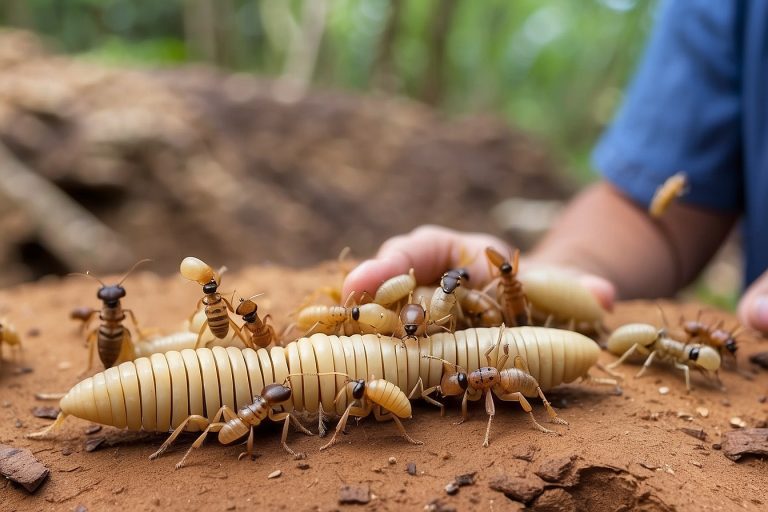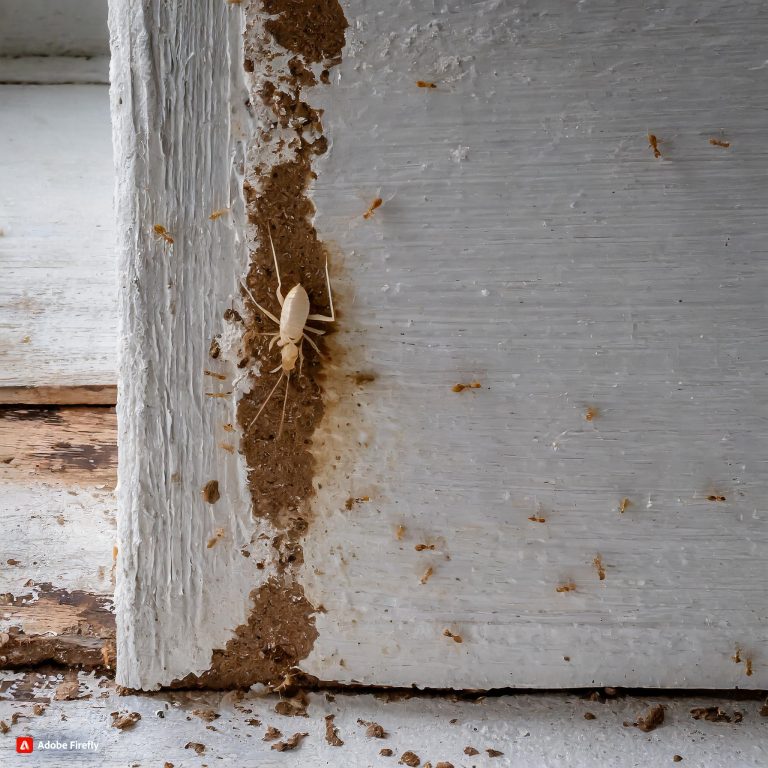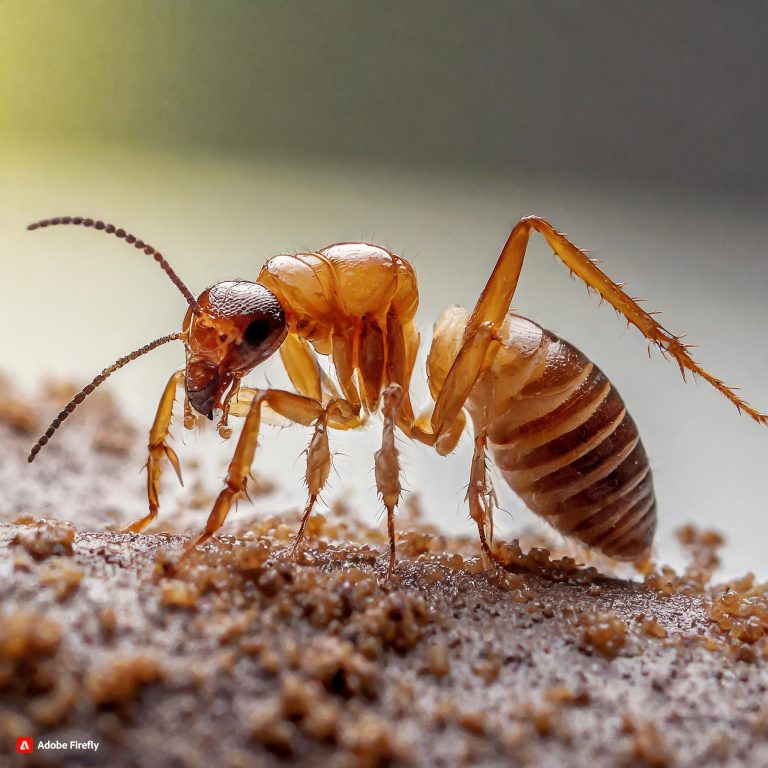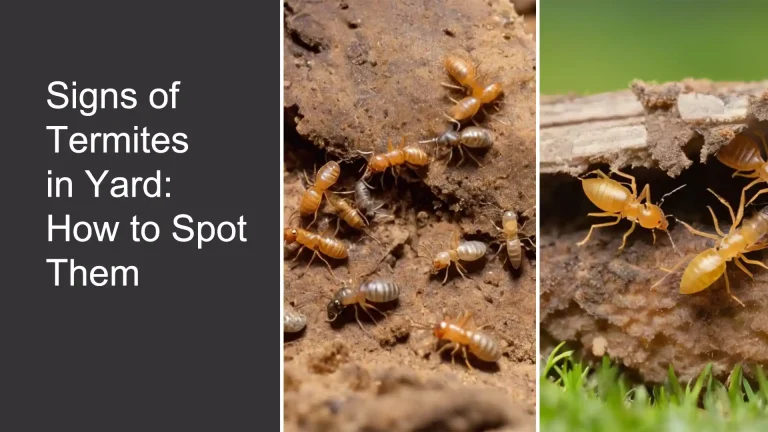What Does a Termite Nest Look Like? Appearance of Termite Nests
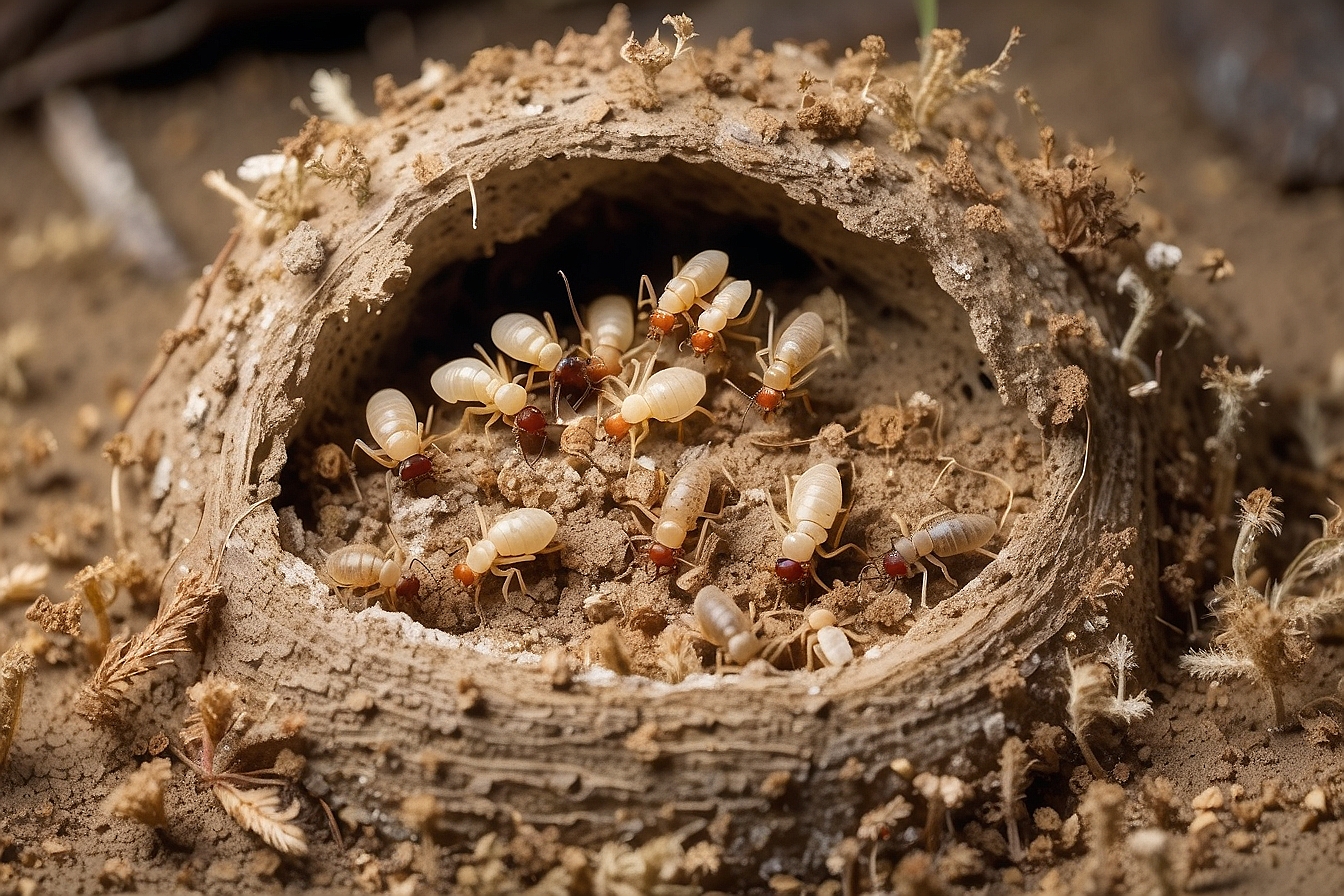
Termites are common insect pests that can do serious damage to wooden structures if left untreated. Homeowners often want to know, what does a termite nest look like so they can identify signs of an infestation on their property. This article covers everything you need to know about the appearance of termite nests, typical nest locations, signs of activity, different termite species, and when to call for professional termite control.
What does a Termite Nest Look Like
Mud tubes, mounds, discarded wings, exit holes, and the termites themselves are visual signs of nests. Tubes are narrow mud tunnels termites build between nests and food sources. Mounds are cone-shaped piles of chewed wood, soil, saliva, and feces that can reach 8 feet tall. Wings are found where reproductive termites have swarmed.
What Termite Nests Are Made Of
Nests contain some combination of chewed wood, dirt or soil, saliva, and waste material depending on the species. Subterranean termite nest mounds also incorporate digested earth for protection. Tree-dwelling carton nests use chewed wood fibers and saliva to form interconnecting tunnel chambers inside plant hosts. Some nests are even hollowed out galleries inside structural timbers themselves.
Signs of Termite Nests Around Your Home
The first signs of termites may be their nests or the evidence they leave behind. Termite nests located within homes and other structures can often cause significant structural damage before they are detected. Learning to spot the signs helps home owners identify and take care of termite problems before major damage occurs.
Mud Shelter Tubes
Mud tubes are a key indicator that a termite nest and activity may be present. Termites build these narrow mud tunnels to move safely and unseen between their nest and food source. The tubes provide moisture and protection from natural predators. Look for small ridges of dried mud, sometimes with active termites inside or crumbly trails. Tubes may lead from the ground to woodsources, be present on foundation walls, wooden posts, beams.
Mud Mounds or Piles
In some species like subterranean termites, you may actually spot cone-shaped mounds near affected structures. These can reach up to 8 feet or higher. The termites nest and live protected inside but build necessary ventilation holes to the surface. These termite mounds are typically comprised of chewed wood, soil, saliva and fecal matter.
Discarded Termite Wings
During certain seasons, termites swarm from their mature nest to mate and establish new colonies. At this time, you may find discarded termite wings around swarm points like windows, doors, along baseboards, attics or crawlspaces. Finding wings is a sure indicator termites may be nesting and active in the vicinity.
Types of Termite Nest Locations
In addition to signs of activity like tubes or wings, it helps to know typical spots to check thoroughly for potential hidden termite nest locations in and around structures.
Underground Termite Nests
As their name indicates, subterranean termites nest in the soil near their food sources. Colonies can grow quite large, exceeding a million termites in some cases! Because they need moisture, you may discover mud tunnels leading to gardens, moist soil or wood embedded in soil that contains their nest.
Nests Inside Trees
Tree-dwelling species of termites, like Formosan or Dampwood termites, live inside infested trees and woody plants. Their nests inside this “carton material” made of chewed wood and saliva provide needed moisture. You may spot mud trails moving up tree trunks or along the ground from an infested tree harboring the nest.
Nests Within Building Walls
One of the most destructive nesting habits is when certain species create nests inside structures. Drywood termites and some subterranean species form their distinctive galleries or tunnels within walls, wooden beams, posts, furniture or wainscoting. This unseen activity destroys wood from the inside but may go undetected for years until significant structural damage occurs without visible external signs.
Appearance of Different Termite Nest Structures
Depending on the exact species at hand and nesting location, termite nests can vary quite a bit in dimensions and physical appearance.
Subterranean Termite Mounds
As noted above, subterranean termites build distinctive above-ground mounds. These impressive structures help regulate internal temperature and humidity while their extensive below-ground nest houses the queen, eggs and workers. Mounds can reach heights over 8 feet tall! You may spot ventilation holes riddling the sides as well. These holes provide a means to detect activity within using a thermal camera so professional pest control can determine if treatment is required.
Tree-Dwelling Termite Carton Nests
Stagmomantis termites and their relatives build nest complexes within trees consisting of multiple compartments made of chewed wood fibers and saliva. Referred to as “carton material,” these brownish nests contain an intricately tiered network of tunnels and chambers housing thousands of termites. Workers continually expand the nest as needed, often riddling a mature tree with tunnels from the inside out.
Inside-Wood Termite Galleries
As noted above, dangerous drywood species and other termites tunnel into the very structures they feed on to build their nests. You cannot view actual nest chambers and tunnels since they bore deep inside attics, walls, wooden framing and even furniture or trees over time. Exit holes may eventually appear on surfaces once near interior tunnels expand close enough. But expensive inspection, including acoustic methods to detect movement within, are needed to pinpoint nest locations causing destruction from the inside out.
When to Call for Professional Help
Do not wait once telltale signs of termites appear in or around your home. Quick action is needed to eliminate termites and prevent further damage.
If You Spot Any Termite Signs
Act promptly if you discover shelter tubes, discarded wings, exit holes or the termites themselves inside your home or on your property. Even signs of past activity warrant inspection and possible treatment to prevent recurring attacks. Catching infestations early is key to less invasive and lower cost extermination methods.
To Help Prevent Structural Damage
Undetected termite nests quietly munch away for years inside walls, floor joists and other critical structural components before any external evidence leads to their discovery. Don’t risk a potential collapse or major repairs. Call for thorough professional inspection and eradication at the first sign something may be amiss.
For Preventative Treatments
Even if no activity is apparent, some homeowners opt for preventative soil treatment around foundations or foam injection into vulnerable hollow structural components. Such proactive measures provide peace of mind against costly damage from concealed termite nests developing undetected in the future.
In summary, termite nest appearance varies but typically contains some evidence like shelter tubes or discards from swarming. Note signs like living termites themselves, mud piles, or wings to determine if destructive nests are present. Key locations to scout include trees, soil around the home, inside walls or wooden structures. Then enlist professional pest control at the first sign of activity before expensive structural repairs are needed. Acting early helps eliminate termites promptly and prevent ongoing damage from an expanding nest.

